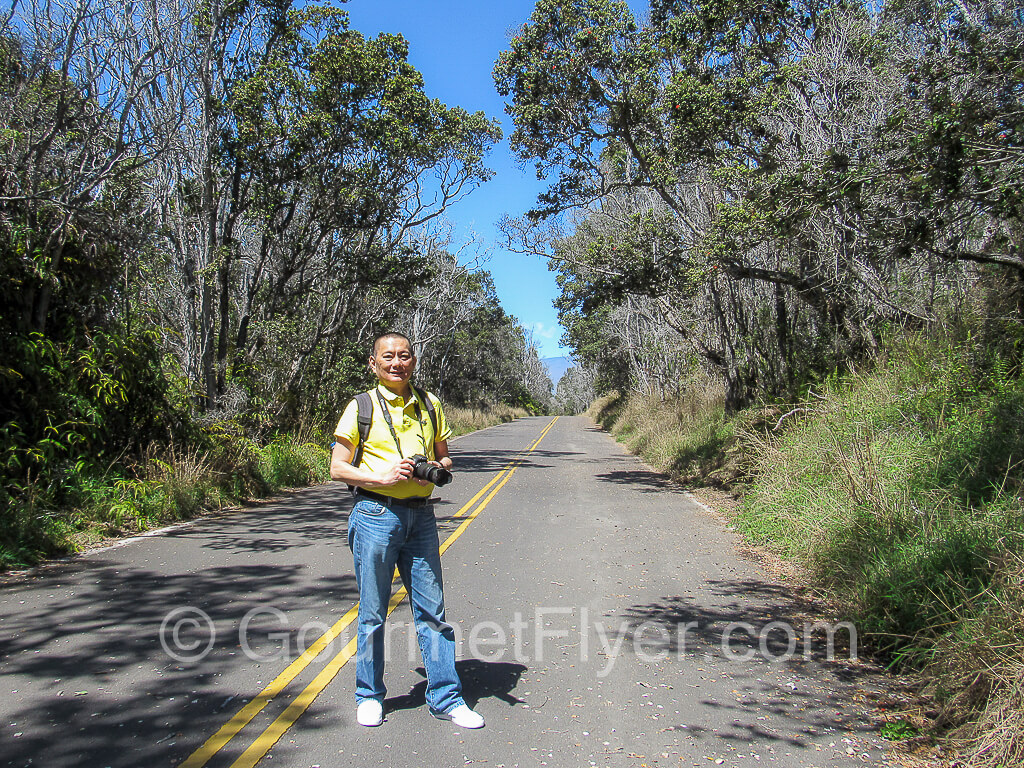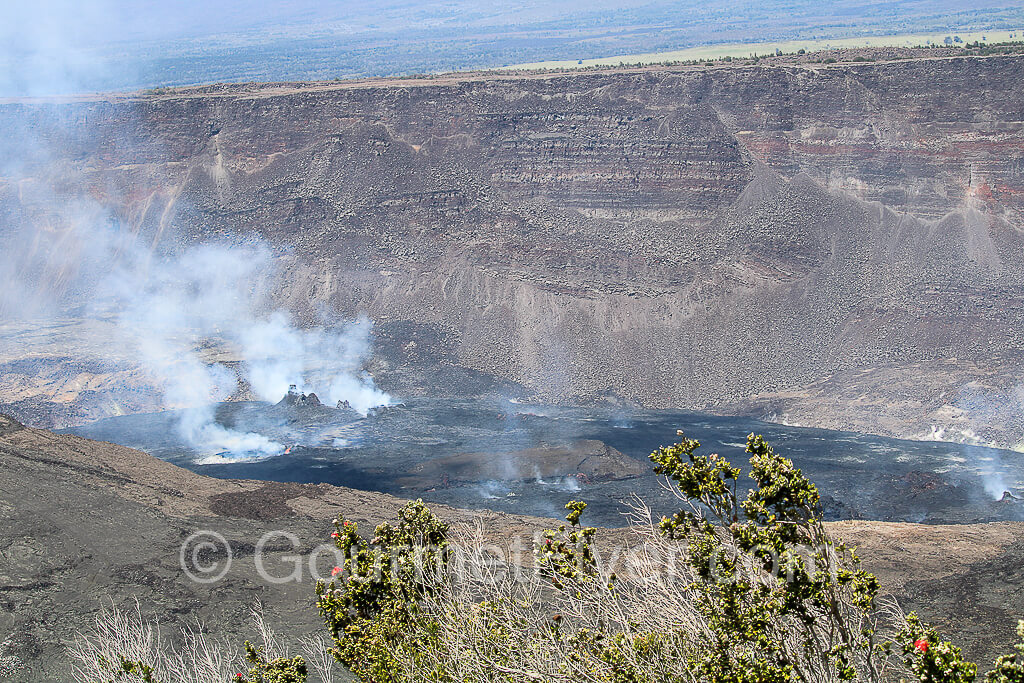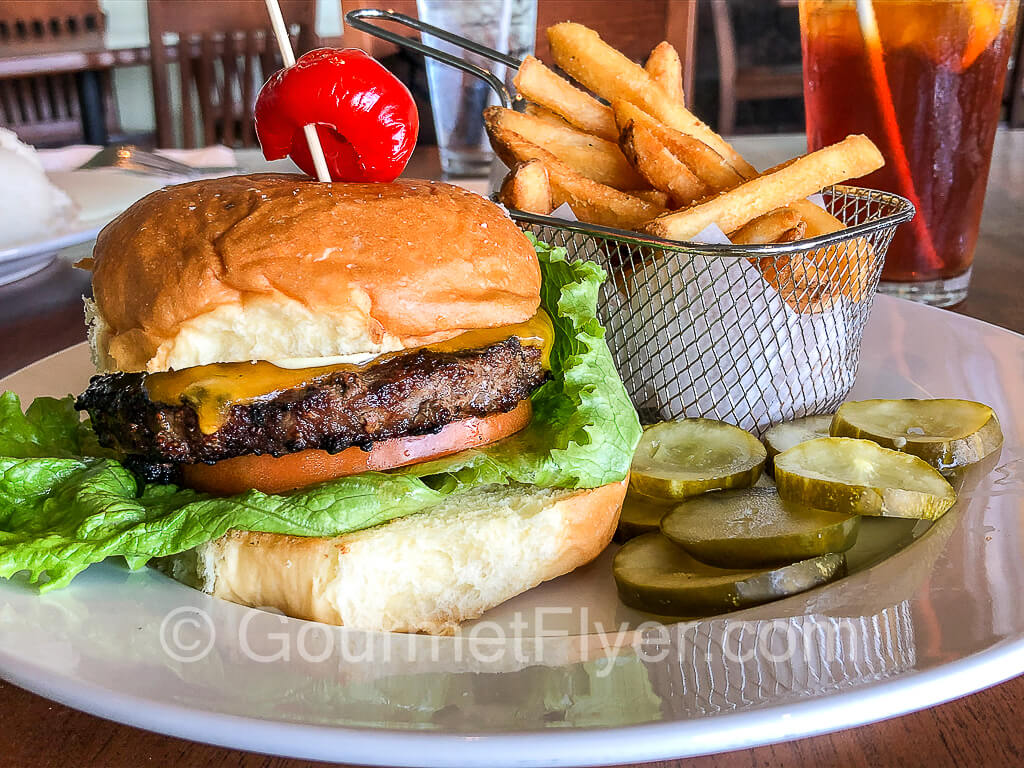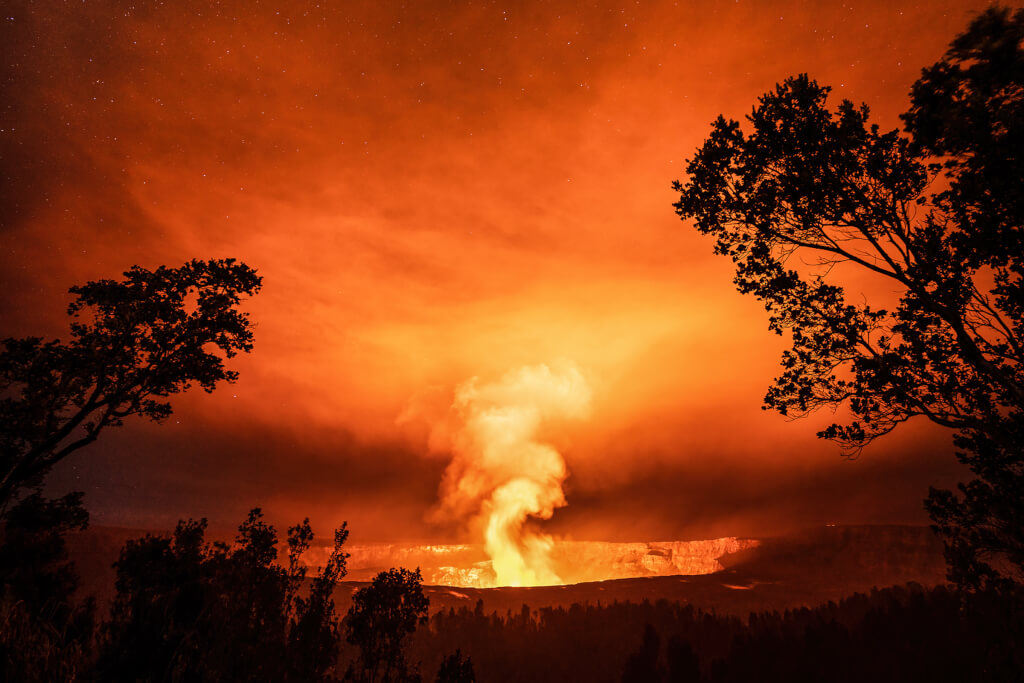May 5, 2022
This is a comprehensive guide to viewing the presently active volcano eruption and lava flow of Kilauea, located in the Hawaii Volcanoes National Park. As of this writing, the eruption is ongoing and is seemingly increasing in intensity. Lava flow is also increasing in volume.
Are you excited and looking forward to seeing what a real lava lake outside of a Hollywood movie looks like? This guide will walk you through the A to Z of viewing the currently active volcano eruption on the Big Island of Hawaii.
Table of Contents
- Which Airport and Where to Go?
- Background Information
- The Best Time to Visit
- What to Bring?
- The Best and Closest Viewpoint
- The Kīlauea Overlook
- Volcano House
Which Airport and Where to Go?
Our ultimate destination is the Hawaii Volcanoes National Park, which is located on the Big Island of Hawaii.
The two major airports on the Big Island are Hilo (ITO) on the east coast and Kona (KOA) on the west coast. If you want the shortest drive, you fly into Hilo. The Hawaii Volcanoes National Park is only a 45-minute drive on the HI-11. I also prefer Hilo due to its rustic beauty, lush rainforests, and gorgeous waterfalls.
Those who enjoy luxurious resorts, fine dining, and snorkeling in pristine waters will probably prefer Kona. However, the drive is about 2 hours and 15 minutes long. On the plus side, if you take HI-11 you will be traveling along the coast and your drive is scenic most of the way.
Hawaiian Airlines has many flights daily connecting both airports with Honolulu. Most major airlines have nonstop flights connecting the mainland with Kona. United is the only airlines that has nonstop flights from the mainland to Hilo.
Background Information

Here is some background information for those who are unfamiliar with the volcanoes here. There are four active volcanoes on the Big Island of Hawaii – Kilauea (which we will be visiting), Mauna Loa (largest active volcano in the World), Hualalai, and Kama’ehuakanaloa (under water). As of this writing, ongoing active eruption and lava flow can be observed at Kilauea, located in the Hawaii Volcanoes National Park.
Kīlauea has been erupting for centuries, and geologists scientifically dated the oldest exposed lava to over 2,800 years ago. The first and the deadliest eruption documented on modern geological records happened in 1790 and numerous eruptions have occurred since then.
The most recent eruption of the Kīlauea volcano started on September 29, 2021, in the Halemaʻumaʻu crater, and eruptions and lava flow in various magnitudes can be observed on and off since then.
An eruption and lava flow can last for months, weeks, days, or just a few hours. Even when erupting for week or months, the activities could pause for days or hours without notice, and restart anytime, again, without notice. Geologists might be able to forecast that an active eruption could last for weeks or months, but there is no way to tell when the activities will pause and restart. That part is completely unpredictable.
The Best Time to Visit

One of the most often asked questions is “when is the best time to see the volcanos?” During the day, at night, or early in the morning before sunrise? I think the ranger whom I talked to gives the best answer ever: “You go there when the volcano is erupting.”
Since the timing of the activities is completely unpredictable, you go there when it is erupting. There is no debate that you get a much better view in the dark and you can see the orange glow of the lava but there is no guarantee that a daytime eruption will last into the night.
You can check the status of the current eruption from the National Park Service’s live webcam here.
Moreover, rain and fog could also obscure the view so be sure to check the weather report before your visit.
The park is super congested between the hours of 6 – 8pm and parking is close to impossible. Lots could even be closed. Viewpoints and lookouts are also crowded. To avoid the crowds at nighttime viewing, consider arriving after 8pm or very early in the morning like 4 – 5am. (The park is open 24 hours a day every day.)
What to Bring
The summit of Kīlauea is over 4,000 feet above sea level so the temperature can be much cooler than the city, especially at night or early morning. A light jacket is a must, even in summer. If you plan to be there at night, consider bringing a sweater or even warmer clothing.
Also remember that cell phones are not good substitutes for flashlights. It is good enough for you to find something under a car seat but the light is not strong enough and it does not project far enough. Moreover, your battery will be drained very quickly.
Here is a list of things to bring:
- Light jacket or sweater
- Wear long pants and sturdy closed-toe shoes
- Rain poncho (it could be very windy, and umbrellas won’t work)
- Flashlight and/or camping lanterns (Cell phones won’t work, see above)
- Extra batteries
- First aid kit
- Water
- Snacks
- Toilet paper (there may or may not be toilet paper inside the potties)
The Best and Closest Viewpoint



There are many locations and lookouts where you can observe the eruption (and see the lava lake if you are lucky) but I am going to show you how to get to the best and the closest viewpoint of the Halemaʻumaʻu crater.
Immediately after the main entrance take a left at the fork. At the first stop sign turn left and continue on Crater Rim Drive for about two miles. You will come to another stop sign at the intersection of Chain of Craters Road and (as of this writing) the road ahead of you is closed. Turn right and park at the parking lot of the Devastation Trail. However, do not enter Devastation trail. Otherwise, you’ll be walking away from the eruption.
Go back to Crater Rim Drive and at the intersection take a right and continue on the road that is (as of this writing) closed to vehicular traffic.
NOTE: At this intersection you’ll see several portable potties. These are the only toilet facilities in the area. There are no facilities along the one-mile walk or the observation areas.
You will walk down the paved road for a mile and there will be signs to direct you to an unpaved, rough, and rocky path on which you’ll travel for about a quarter of a mile. You will then find the best and the closest viewpoint. For your own safety, please follow the signs and do not enter into areas that are blocked off.
The Kīlauea Overlook
For easier access and a much shorter walk (with the tradeoff being not the best view) consider the Kīlauea Overlook.
After entering through the main entrance continue straight ahead on Crater Rim Drive. You will quickly see the Visitor’s Center on your right. Go past the Visitor’s Center and continue for about two miles and turn left at the “Kīlauea Overlook” sign.
It is the easiest to get to and also involve the least amount of walking. However, the lava lake is only occasionally visible. The last time I was there, the lava flow itself was not visible but you could still see the glow at night.
Volcano House


If you don’t mind spending over $300 – 400 a night, the view could be just outside your hotel room at the Volcano House.
Volcano House is a hotel located inside the Hawaii Volcanoes National Park and is also the only place inside the park where you can find a restaurant. Hotel and restaurant guests enjoy spectacular views, but there is also a public outlook outside the hotel along Crater Rim Trail.
Not only does the restaurant offer stunning views, but the food is also delicious and full of local flavors. My wife had the TASTE OF HAWAII with the Macadamia nut and coconut crusted fish which is a classic Hawaiian seafood entrée. It was out of this World! My wife let me have a taste of her fish and I immediately regretted that I ordered the burger. This dish was accompanied by the classic Hawaiian macaroni salad, veggies, and white rice.
Yes, I had the BIG ISLAND BURGER, but let me assure you that it is very good too. I also find the prices very reasonable – given that this is the only restaurant inside the park, and it offers a spectacular view. Reservations are not accepted for lunch and is walk-ins only. On weekends, the line could be long, but it is worth the wait.
Reservations are accepted for dinner and are strongly recommended. Let me just say that if you want to eat there at night, make a reservation days ahead.
